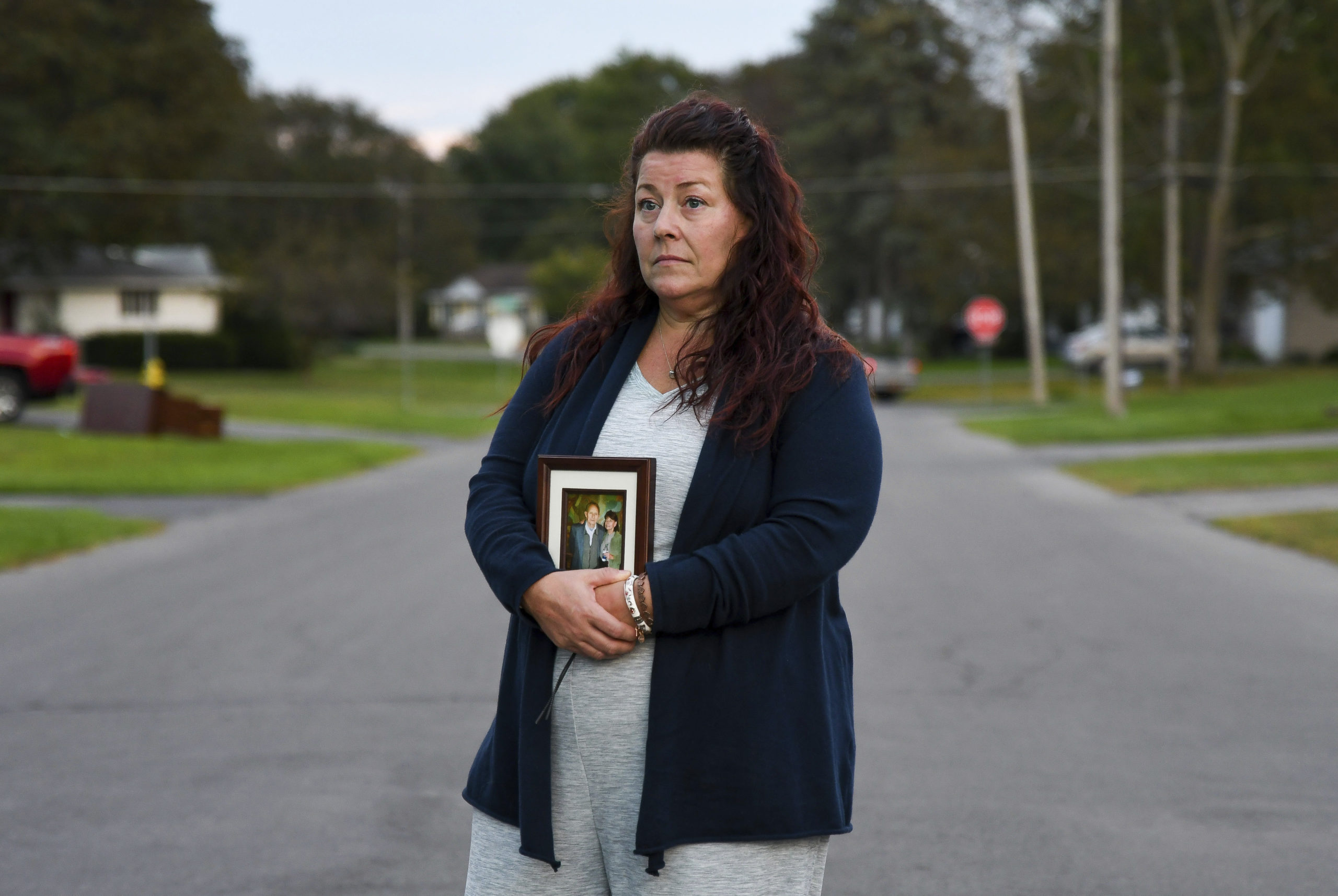Nursing home staffing falls amid pandemic

When Natalie Walters arrived at her father’s nursing home, the parking lot was nearly empty and, inside, the elevator made no stops. On the 13th floor, the lights were off and the TVs silent. The last time she was allowed inside, nine months earlier, aides passed in the hall and a nurse waved from the records room.
Now, it felt like a ghost town.
One of the few staffers on duty broke the news: Walters was too late and her father was already dead of COVID-19. In the nursing home’s newfound emptiness, the scream she unleashed echoed in the void.

Brooklyn Boro
View MoreNew York City’s most populous borough, Brooklyn, is home to nearly 2.6 million residents. If Brooklyn were an independent city it would be the fourth largest city in the United States. While Brooklyn has become the epitome of ‘cool and hip’ in recent years, for those that were born here, raised families here and improved communities over the years, Brooklyn has never been ‘uncool’.